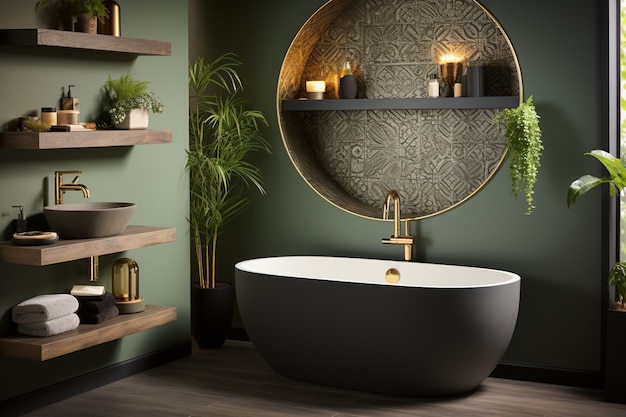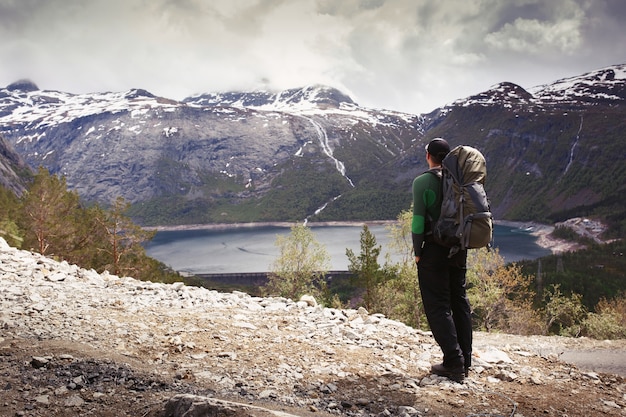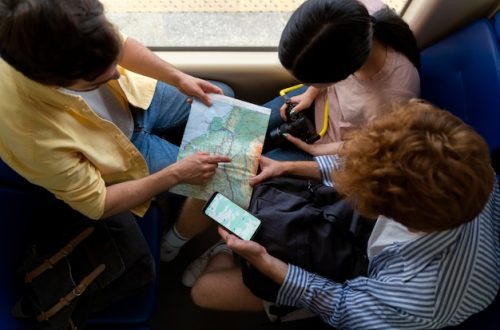
Due to its close proximity to Italy and its beautiful location on the Mediterranean Sea, many people assume Malta is an expensive place to live. However, it can actually be quite affordable! After living in Malta for two months, we found that the cost of living can vary based on your choices.
While it’s not as cheap as Mexico or Thailand, Malta offers great value and a pleasant Western lifestyle. We spent our time as Digital Nomads in the city of Sliema, and now we have some useful insights to share with you. This guide covers everything you need to know about the cost of living in Malta, including transportation, accommodation, groceries, dining, and entertainment.
When choosing where to live in Malta, consider your interests. The areas of Sliema, St. Julian’s, Swieqi, and Paceville are popular among expats and Digital Nomads due to their mix of residential and commercial spaces, schools, clinics, bars, grocery stores, shopping malls, and vibrant nightlife.
Other popular areas include St. Paul’s Bay, Qawra, Buġibba, and Mellieha in the northern part of the island, known for their beautiful beaches. These areas are busy during summer but quiet in winter, making them ideal for those seeking a calmer environment. Additionally, they are closer to the ferry terminal to Gozo Island.
In the southwest, Msida (home to the University of Malta), Birkirkara, and Ħamrun are bustling with students. Meanwhile, Mgarr, Mosta, Mdina, and Rabat are charming but offer fewer amenities, although they are worth a visit.
The cost of an apartment in Malta varies depending on the location. Valletta, Floriana, Sliema, St. Julian’s, and Paceville are the most expensive areas, followed by the university zone and northern towns. Despite Sliema being busy, its convenience and connection to Valletta made it our preferred base.
To find an apartment, you can search online or hire an agent, though agent fees are often high. Renting directly from a landlord can save you money. Websites like Airbnb offer plenty of options, though additional fees may apply. We’ve found success in booking through ShortLetsMalta.com and checking local Facebook groups for listings.
Our apartment in Sliema was ideally located just a two-minute walk from the seaside promenade. Nearby, we enjoyed stunning rock-cut pools, luxurious yachts at Manoel Marina, the large Tower Supermarket, and various restaurants, cafes, and shops.
For groceries, supermarkets offer everything you need. However, also look for local vendors selling fresh fruits, vegetables, and fish. It’s not recommended to drink tap water due to high chlorine and mineral levels, but it’s safe for washing and cooking.
Malta boasts a wide range of dining options, from affordable street food to upscale restaurants. Consider purchasing a Malta Discount Card for 50% off food at many eateries around Malta and Gozo.
Typical restaurant prices in Sliema include:
– Margarita pizza: €7.50
– Sandwiches: €6
– Plate of food: €9
– Fresh fruit smoothies: €3.50
– Lattes: €1.50
– Traditional pastizzi pastries: €0.30 each
– Main courses: around €12
– Focaccia bread: €5.50
Transport in Malta is efficient, with a good public transport system and many walkable areas. The Tallinja Transportation Card offers discounted bus fares, and the ferry from Sliema to Valletta is convenient.
Internet and data plans in Malta are reliable, with fast Wi-Fi readily available. Those not from the EU can purchase local SIM cards for the best rates. Vodafone offers good 4G prepaid plans, although they can be pricier compared to other countries.
For those needing workspace, co-working spaces like Prints of Wales in Sliema offer flexible options. Healthcare in Malta is of high quality; my check-up at St. James Hospital was affordable.
Malta offers plenty of free activities to keep you entertained. Here’s a rough estimate of monthly expenses for living in Malta:
– Rent: €1,000
– Groceries: €300
– Restaurants: €60 (one meal per week)
– Entertainment: Free to €65 (kayaking trip)
– SIM & Data: €30
– Public Transportation: €26 (maximum)
In total, expect to spend around €1,500 per month for one person at a midrange lifestyle.
Consider Malta for your next move. With its welcoming people, reasonable prices, and endless activities, it’s a great place to live as a Digital Nomad.



